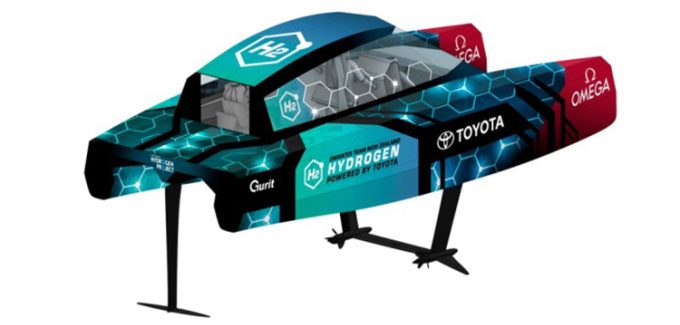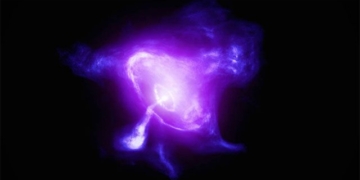This year’s international sailing competition, the World Cup, will feature the first-ever hydro-powered flying boat, achieving speeds of 92.6 km/h.
The hydro racing boat is tested in Auckland. (Video: ETNZ)
In 2012, the Emirates Team New Zealand (ETNZ) participated in the World Cup in the United States for the first time with their AC72 catamaran. Now, just under a decade later, they have introduced a prototype of a “flying boat” powered by hydrogen fuel cells called Chase Zero. Last week, ETNZ released a demonstration video showing Chase Zero undergoing testing around the Waitemata Harbour in Auckland.
Chase Zero is part of ETNZ’s Hydro Project and is the first racing boat of its kind to participate in the World Cup. Measuring 10 meters in length, it can accommodate a crew of six. With its foiling design, ETNZ’s racing boat appears to fly as it moves, with the hull above the water’s surface.

The foiling system allows Chase Zero to glide as if flying on the water. (Photo: ETNZ)
The vessel is equipped with two 80 kW Toyota hydrogen fuel cells, each located on either side of the hull. To generate power, hydrogen gas is passed through a catalyst to separate H2 molecules and electrons. The electricity generated can be supplied directly to electric motors that propel the boat or stored in batteries.
Chase Zero has the capability to travel long distances at a speed of 55.5 km/h with 160 kW generated from the two fuel cells, or accelerate to 93.6 km/h with 420 kW for shorter durations. The batteries can be recharged when excess power is available.
“With its futuristic design, impressive features, and zero carbon emissions, Chase Zero represents a significant advancement in clean renewable energy within the maritime industry. Essentially, it only emits water vapor, which is remarkable considering its positive environmental impact,” emphasized Kevin Shoebridge, CEO of ETNZ.




















































